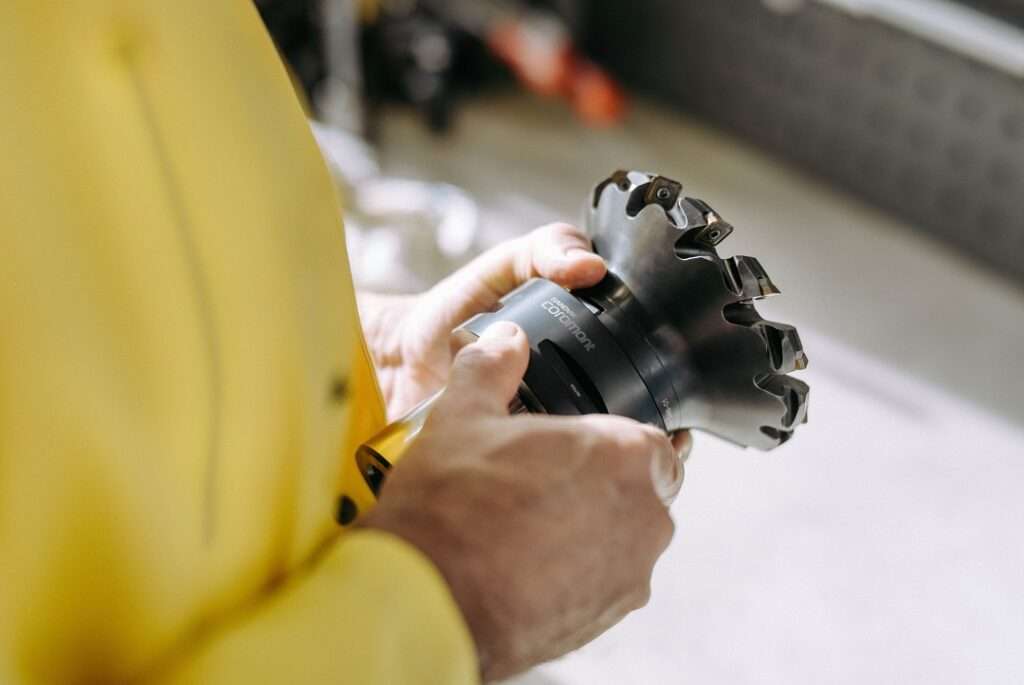Telecom gear and services provider Ericsson India announced on Wednesday its plans to explore the export of ‘Made in India’ products to other markets. Currently operating at over capacity to meet domestic demand, the Swedish telecom giant is evaluating the feasibility of exporting its locally manufactured telecom equipment in the future, according to a senior company official.
Ng Thiaw Seng, Head of Network Solutions Strategic Network Evolution Market Area South East Asia, Oceania and India at Ericsson, stated that the entire production output of Ericsson’s India plant is presently consumed within the country due to the high demand for 5G equipment from Indian telecom operators.
India: Second Largest Market for Ericsson
“All 5G equipment currently produced in India is being used by Indian telcos. We will consider exporting 5G equipment from India in the future,” said Seng. He highlighted that India has achieved the fastest deployment of 5G networks globally. However, he noted that telecom operators have yet to find monetizable use cases for their 5G investments.

Nitin Bansal, Managing Director of Ericsson India, emphasized the company’s commitment to the Indian market at a recent event showcasing 5G technology. “We are actively engaging with academia, partners, and ecosystem players to develop India-specific use cases. Significant use cases will emerge within the next 12 to 24 months, facilitated by the network slicing capability of 5G technology,” Bansal stated. Bansal also underscored the strategic importance of India for Ericsson, noting that it remains the company’s second-largest market.
Challenges and Future Prospects
When asked about the future prospects for Ericsson in India, especially after the rapid rollout of 5G networks, Bansal explained that the demand for 5G would drive the need for network densification. “While the 5G rollouts have stabilized in the country following last year’s rapid expansion, we expect 5G adoption to grow due to strong data demand and digitalization initiatives by enterprises. This will involve the densification and modernization of telecom infrastructure, along with enhancements to OSS/BSS systems to accommodate evolving network and billing needs,” he said.
Despite a record year in 2023, Ericsson reported a decline in its India business during the March quarter of 2024, reflecting a transition to more normal investment levels. Sales in Southeast Asia, Oceania, and India declined by 38 percent to 8.5 billion Swedish Krona (SEK), approximately Rs 6,645 crore, down from 13.9 billion SEK (about Rs 10,730 crore) in the previous year.
Vodafone Idea’s Investment Plans
The recent Rs 18,000 crore fund raised by debt-ridden Vodafone Idea (VIL) and the company’s guidance to invest up to Rs 55,000 crore are expected to boost the morale of network gear vendors. However, Ericsson has not commented on Vodafone Idea’s plans. VIL has announced a focus on expanding its 4G network coverage and rolling out 5G in major cities.
Addressing the potential of 4G in the Indian market, Bansal cited the Ericsson Mobility Report, which indicates that 4G remains the dominant subscription type driving connectivity and data growth in the region. However, as subscribers transition to 5G, 4G subscriptions are forecast to decline from 870 million in 2023 to 390 million by 2029.
Ericsson’s ongoing evaluation of exporting ‘Made in India’ telecom equipment underscores its commitment to leveraging India’s manufacturing capabilities to meet both domestic and global demand, further solidifying its strategic position in the rapidly evolving telecom sector.







